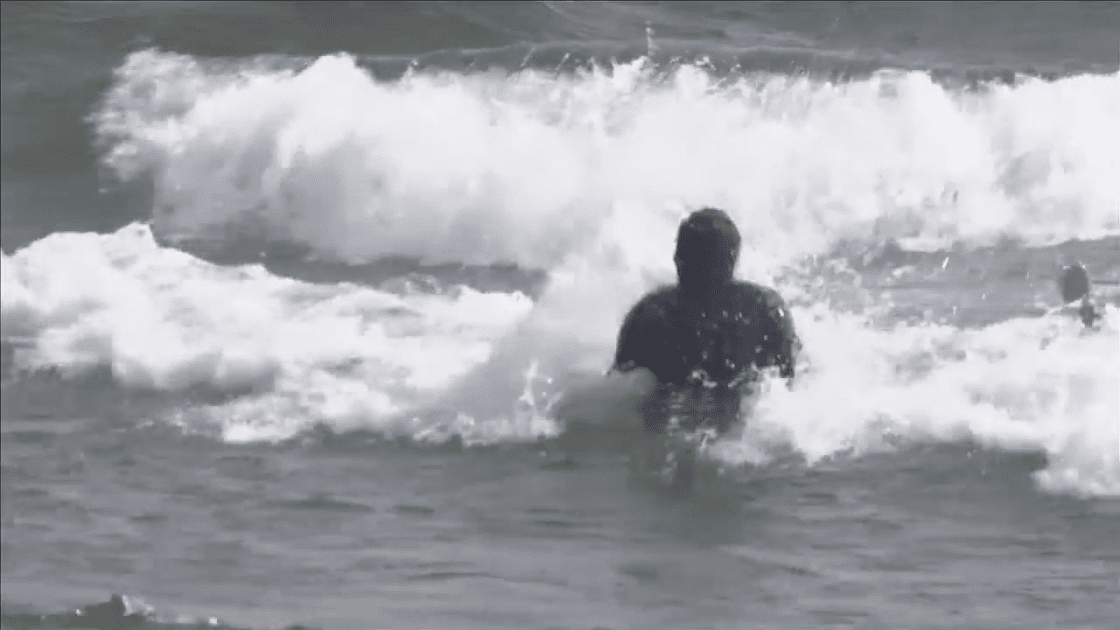Lake Superior’s rip currents are dangerous for people swimming
[anvplayer video=”5187650″ station=”998130″]
After several hot days, plenty of people in the Twin Ports are looking to cool off. However, when it comes to Lake Superior’s rip currents, safety protocols are in place with the red flags warning swimmers not to enter the waters.
Randy Johnson, a long-time windsurfer visiting Duluth said the Lake Superior’s rip currents were happening from the south shore winds.
“You can get hit by a wave standing in an ankle deep water and it can just pull you right out again,” Johnson said.
Johnson also said that since August in the warmest month for being in Lake Superior, it’s also has the most number of drowning occurrences.
“So when you’re out there, you’re on your own. No one’s going to know, when you’re in that turbulence, you’ve got to take responsibility. So I always speak in terms of exit plans. How do I save myself from this? Counting on someone to save you is not an exit plan.”

While many people still ventured into the waters, most wanted to enjoy the waves by surfing instead of swimming.
“People who want to try out windsurfing. Don’t do it on Lake Superior,” Johnson said. “There’s a lot of wonderful lakes here in in Minnesota. But when this lake is on with wind and waves, it’s got a mind of its own. So you better respect it.”
Dave Benjamin, the co-founder and executive director of the Great Lakes Rescue Project have several recommendations on water safety.
“If you’re ever in water over your head and you’re struggling, you flip, float and follow through.” Benjamin said. “You flip over your back and you float to keep your head above water. To calm myself down from, drowning, to conserve energy, and then follow a safe path out of the water.
Benjamin said that the way people can prevent drowning from being caught in Lake Superior’s rip currents is to do your research first of the waters, and know the techniques.
“We need to understand that getting out of the water is not a sprint, but people’s natural reaction is they want out. Understand that getting out of the water is more like a marathon” Benjamin said.
If you suspect someone is drowning or need of help do not hesitate to call 911. Benjamin also said according to the Great Lakes Rescue Project Statistics people wearing life jackets have a 99% higher chance of survival swimming in the Great Lakes.
“”You have to float to survive, float to live, float first exit strategy second” Benjamin said. “The bottom line is if you want to survive a drowning emergency, you have to stay at the surface and continue floating for as long as possible.”
Also for more information about Lake Superior rip currents you can look here. For another story about the National Weather Service’s Lake Superior rip current warning you can look here.